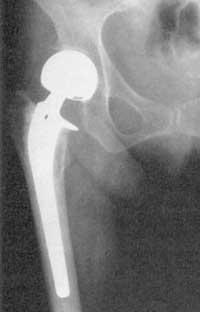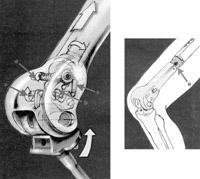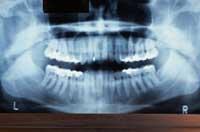New ways to avoid rejection of implants
2002/07/24 Orobengoa, Olatz - Elhuyar Zientziaren Komunikazioa
when the knee or hip bone is severely damaged, you just have to remove the bone and put an implant. However, it is very common for the body not only to reject the new part but to create problems rather than remedy.
In short, body defense systems do not identify the new part as beneficial and attack it. Problems begin when white cells that are part of the immune system become macrophages.

Macrophages
are the cells that favor the negative reaction of the body. They stick on the surface of the implant and produce scar tissue all around. Then, they start attacking the implant with the intention of completely destroying it.
The
University of Cleveland studies new materials less foreign to the immune system. So far the most suitable materials were considered chemically inert materials. However, in trials with rats the opposite has been seen. In implants that have been made with hydrophilic materials and negatively charged molecules, it has been observed that the adhesion of macrophages is much lower.
Hydrophilic materials
are, as the name suggests, materials that love water, that is, they are able to react with water. Negatively charged materials are those made from organic acids.
It has been proven
that both materials have the same effect, since it reduces the adhesion of white cells to the implant and, in addition, there are very few that become macrophages. Therefore, since there is less macrophage, there is no such violent reaction and the body more easily admits the new part of the bone.
As
already mentioned, so far only successful trials have been carried out with rats, it will be necessary to see if the same success is achieved in humans.

Gai honi buruzko eduki gehiago
Elhuyarrek garatutako teknologia






